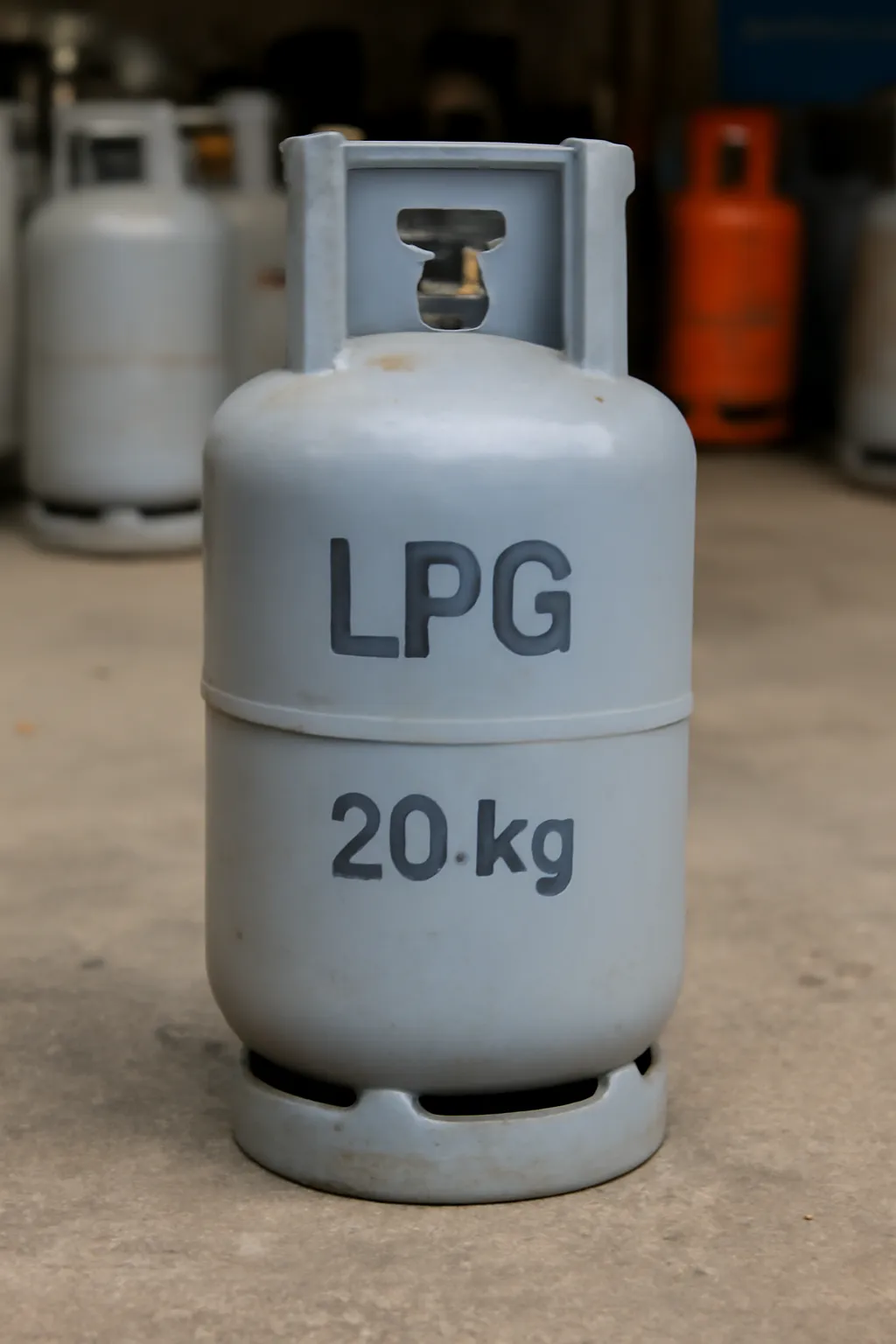LPG (Liquefied Petroleum Gas) is commonly used in many households and industries around the world. It provides an efficient and portable energy source for cooking, heating, and even transportation. In particular, the 20kg LPG cylinder is one of the most popular options for residential and small business usage. Understanding the charging prices, costs, and key considerations associated with LPG 20kg can help consumers make informed decisions and optimize their expenses.
LPG Charging Price: Factors Influencing the Cost of LPG
The price of LPG is not static and is affected by various factors that fluctuate both regionally and globally. Among the primary influences are the cost of raw materials, market demand, government taxes, and the delivery infrastructure.
1. Global Market Trends:
The price of LPG largely depends on global energy markets. Crude oil and natural gas prices tend to directly influence LPG prices. When global oil prices rise, LPG prices tend to increase as well, which can affect the cost of a 20kg LPG cylinder. Similarly, geopolitical events or changes in oil-producing countries’ policies may cause price hikes or drops.
2. Distribution and Delivery Costs:
The way LPG is distributed and delivered to local distributors impacts the final price for consumers. The cost of transportation, which includes fuel prices and vehicle maintenance, can significantly influence the price consumers pay for LPG. In remote areas where transportation is more difficult, the cost of LPG delivery could be higher, leading to an increase in prices.
3. Taxes and Government Regulations:
Many countries impose taxes on LPG for regulatory or environmental purposes. These taxes can significantly raise the cost of LPG. Furthermore, government subsidies in some regions may help lower prices, making LPG more affordable. In contrast, some governments may reduce or eliminate subsidies, causing price hikes.
4. Local Competition:
The number of suppliers in a particular area plays a role in determining LPG prices. In areas with high competition among suppliers, prices tend to be more competitive. However, in areas where there are fewer suppliers, prices may be higher due to a lack of competition.
5. Seasonal Variations:
During certain seasons, such as colder months, the demand for LPG may rise as people use it for heating. This increased demand can cause temporary price hikes. Conversely, demand may drop in warmer months, leading to price reductions.
To better understand your local LPG charging prices, you can regularly monitor market trends or check with local suppliers for the most up-to-date information.
👉Find more details about LPG prices👈
LPG 20kg Price: How Much Does a 20kg Cylinder Cost?
The cost of a 20kg LPG cylinder depends on several factors, including the region, the specific supplier, and the current market conditions. Typically, LPG 20kg cylinders are a popular choice for households and small businesses that require a steady supply of gas for cooking and heating.
1. Average Prices by Region:
Prices for LPG cylinders vary widely between regions. In some countries, government subsidies help keep the cost down, while in others, market forces dictate the price. On average, the cost of a 20kg LPG cylinder can range anywhere from $10 to $25, depending on location. In certain high-demand areas, prices may be higher, while in rural areas with fewer suppliers, the price may be lower.
2. Price Breakdown for Consumers:
The price of a 20kg cylinder typically includes several cost components. These may include the cost of the gas itself, the delivery fee, taxes, and the cost of maintaining the cylinder. Some suppliers also charge a deposit for the cylinder, which is refundable when the cylinder is returned. Understanding these components helps consumers gauge the total cost of using LPG for their homes or businesses.
3. Regional Price Comparison:
When comparing the price of LPG cylinders across regions, it’s important to consider factors such as the cost of living, availability of gas, and the regulatory environment. For instance, urban areas might have lower transportation costs and more suppliers, leading to lower prices, while rural areas may have higher costs due to logistical challenges.
4. Price Trends and Predictability:
Historically, LPG prices have been subject to significant price fluctuations, especially in countries heavily reliant on imports. While prices can rise and fall throughout the year, understanding the trends and how they are impacted by external factors, such as global oil prices, can help consumers predict future price changes.
For consumers looking to find the best deals, checking for periodic price adjustments or discounts offered by suppliers can also help save money.
👉Check current 20kg LPG prices in your area👈
LPG 20kg: Considerations for Consumers
When choosing to purchase LPG, especially in 20kg quantities, several important factors should be taken into account to ensure that you are getting the best value for your money while also maintaining safety.
1. Safety Considerations:
Handling and using LPG involves safety risks. Consumers should always ensure that their cylinders are properly maintained and stored in a safe, ventilated location. Regular checks for leaks and any damage to the cylinder are essential for preventing accidents. It’s also advisable to use only certified professionals to install and handle the gas appliances.
2. Cylinder Age and Maintenance:
The age of an LPG cylinder can affect its performance and safety. Older cylinders may have worn-out seals, valves, or rust, which could lead to leaks. Always check the cylinder for visible signs of wear before purchasing. Regular maintenance, such as valve checks and cylinder refilling, is crucial for safe usage.
3. Cylinder Usage Efficiency:
LPG is a versatile fuel, and a 20kg cylinder can last for varying amounts of time depending on the usage rate. For example, a household using LPG primarily for cooking may consume a full 20kg cylinder in a few weeks, while a small business using LPG for both cooking and heating may deplete the gas more quickly.
4. Environmental Considerations:
LPG is considered a cleaner fuel compared to other fossil fuels, like coal or oil, as it produces fewer carbon emissions. However, it’s still important to be mindful of its environmental impact. Whenever possible, consider using energy-efficient appliances that reduce LPG consumption and minimize environmental harm.
5. Exchange and Refilling Options:
Some suppliers offer exchange programs where you can swap your empty 20kg cylinder for a full one, while others provide refilling services. If you’re in an area where exchanges are available, this may be a convenient and cost-effective option for keeping your LPG supply running.
6. Additional Services from Suppliers:
Many LPG suppliers offer additional services, such as home delivery, emergency gas refills, and customer support. These services can provide added convenience and ensure that you always have gas when you need it.
For anyone using LPG for the first time, or if you’re considering switching suppliers, taking the time to research different options and check reviews is always recommended.
👉Find out more about LPG usage tips👈
Conclusion
The LPG 20kg cylinder remains a popular choice for both households and businesses due to its reliability, affordability, and versatility. Understanding the factors that influence the price of LPG, as well as the considerations for consumers, ensures that you make informed decisions that optimize both your budget and safety. While the price of LPG can fluctuate due to various factors, staying informed and choosing the right suppliers will help you get the best value for your needs. Always prioritize safety, regular maintenance, and choose an efficient usage strategy to make the most of your LPG purchase.






